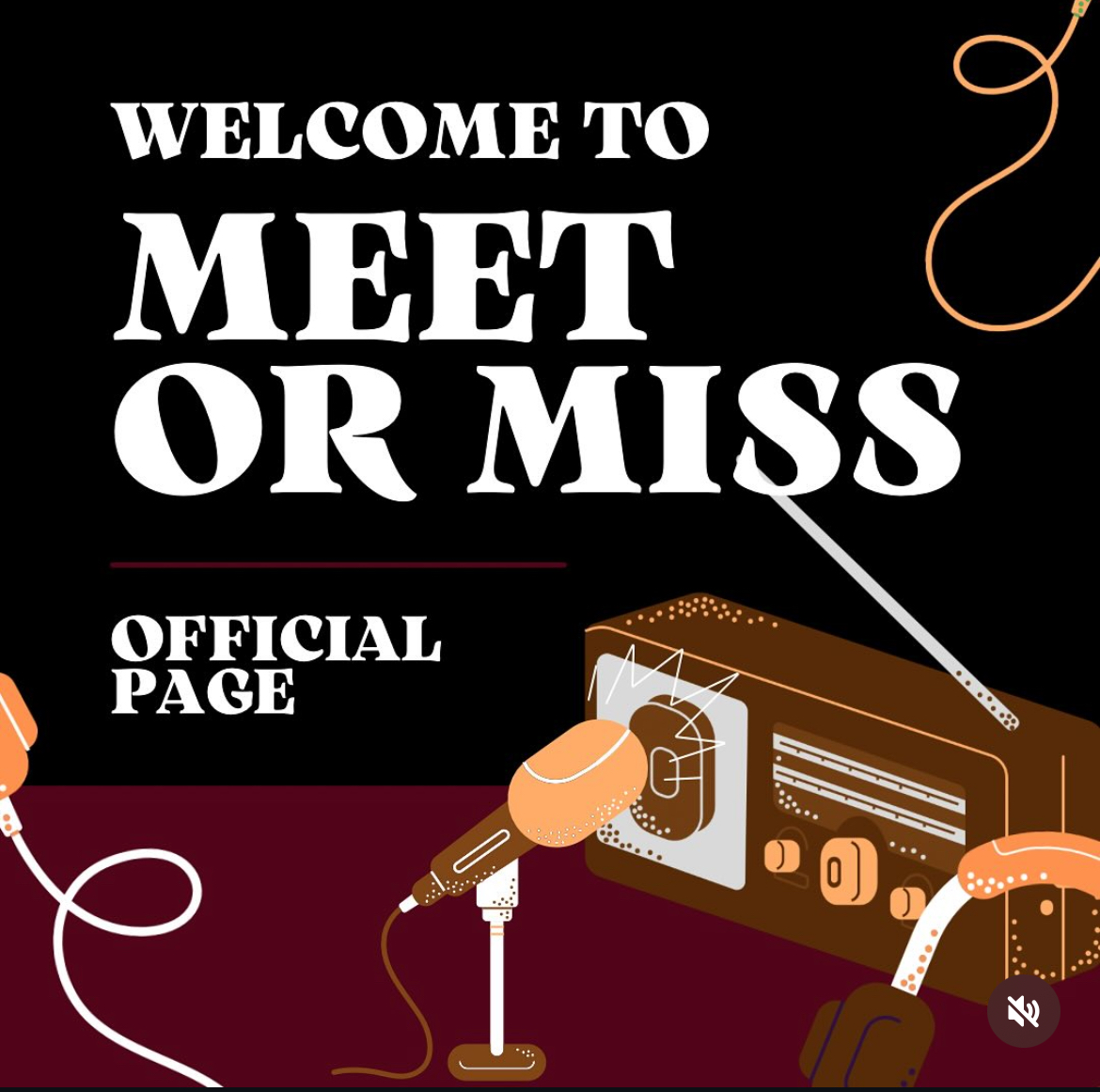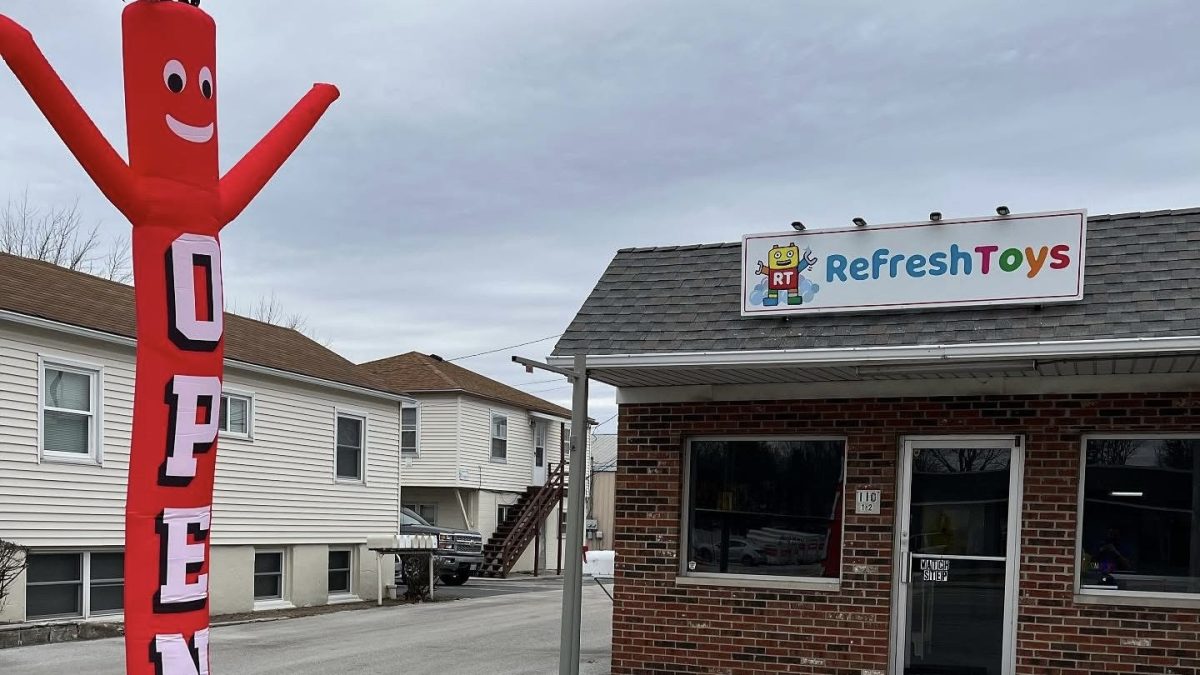“Toy Story 3” may have been 2010’s most anticipated movie, and the quality of the movie proves exactly why the hype was warranted.
Fifteen years after the original “Toy Story” and 11 after its sequel, Pixar resurrected the beloved franchise, but, arguably, they didn’t do so in order to reach a new audience. Rather, “Toy Story 3” reaches brilliance by sticking to its roots, appealing to the young adult demographic who made the franchise beloved and tell a wonderful story in the process.
In the film, Woody, Buzz and company are at a crossroads in their lives. Their lifelong owner, Andy, is going off to college in a matter of days, and he must make decisions about how to deal with the material possessions in his life that he no longer needs.
Due to Andy’s increased age, the toys rarely see the light of day, and it is possible that they may go to the trash, and almost end up there on accident (by original “Toy Story” villain Sid Phillips, who is now a garbage man).
However, the toys end up at the Sunnyside Daycare center, where new toys, such as the seemingly sweet Lots-O’Huggin Bear (Lotso), appear to welcome Andy’s castoffs with open arms.
However, things are not what they seem at Sunnyside, and before long, Andy’s toys are abused by the infant population of Sunnyside, while Lotso and others live a life of luxury. The toys must not only escape from Lotso’s controlling ways, but find a way to remain relevant in Andy’s life.
The film’s plot is strong; it turns a dictator-style control of dissidents into an exciting animated adventure. Old favorites of the franchise are given new life (literally – Buzz’s newfound Spanish mode is a crowd-pleaser) and the audience is reminded why they loved them. New additions, even those that spell bad news for Andy’s toys, are still oddly likable (he may be somewhat evil and jaded, but who wouldn’t want an adorable strawberry-scented Lotso?)
Ken is one of the best newcomers in the movie, providing a hilarious foil and romantic interest to Barbie (who, with bravery and a quick wit, becomes more than just a pretty face in this movie). His true to life outfit collection and metrosexuality offer a modern touch, which helps to bring the “Toy Story” franchise into the 21st-century world of its audience who were children in the ’90s.
One of the most notable aspects about “Toy Story 3” compared to the previous two is the ways in which the storytellers perfectly weave the life-changing adventures of the toys to that of the humans who play with them. Andy was just an ancillary character in the previous films, who served as a catalyst for bringing the toys together. However, in this movie, Andy’s character acts as a representation of the audience’s emotional attachment to the films. He’s going through life changes, growing up and trying to figure out how his past life and his past joys with his toys relates to his newfound adulthood. The movie’s bittersweet final moments allow for the audience to relate to Andy and his own experiences with growth and loss likely hit close to home for a nostalgic audience.
”Toy Story 3″ is funny, warm-hearted, sad and moving. It further exhibits Pixar’s abilities to mix unique characters with effective storytelling. During the first screening of the film, Friday morning at midnight at the Woodland Mall, the sold-out, mostly college-aged crowd would laugh, cheer and gasp at nearly every dramatic moment in the film. It is a treat for the now-young-adult audience who helped make the franchise what it is today.







